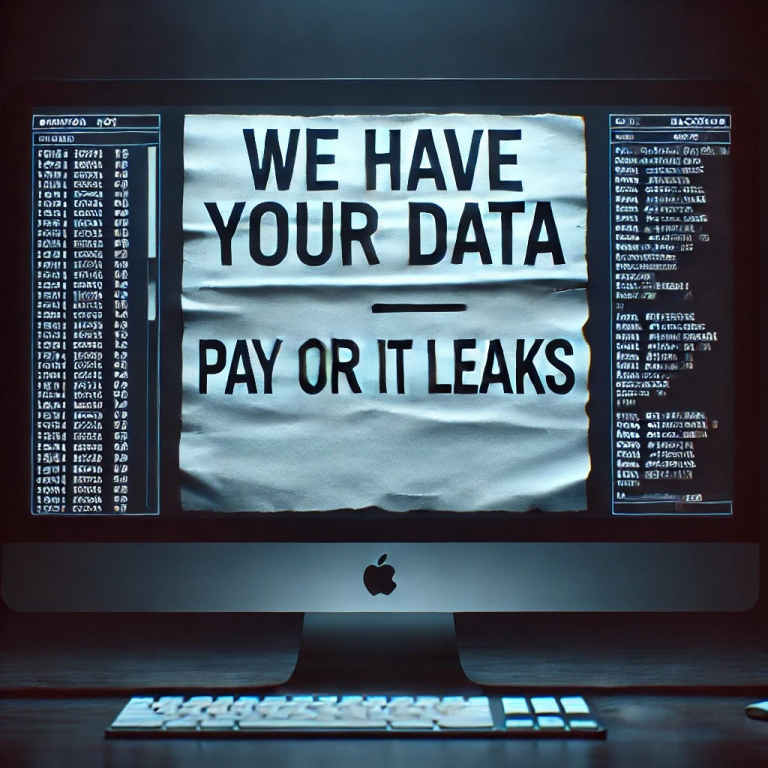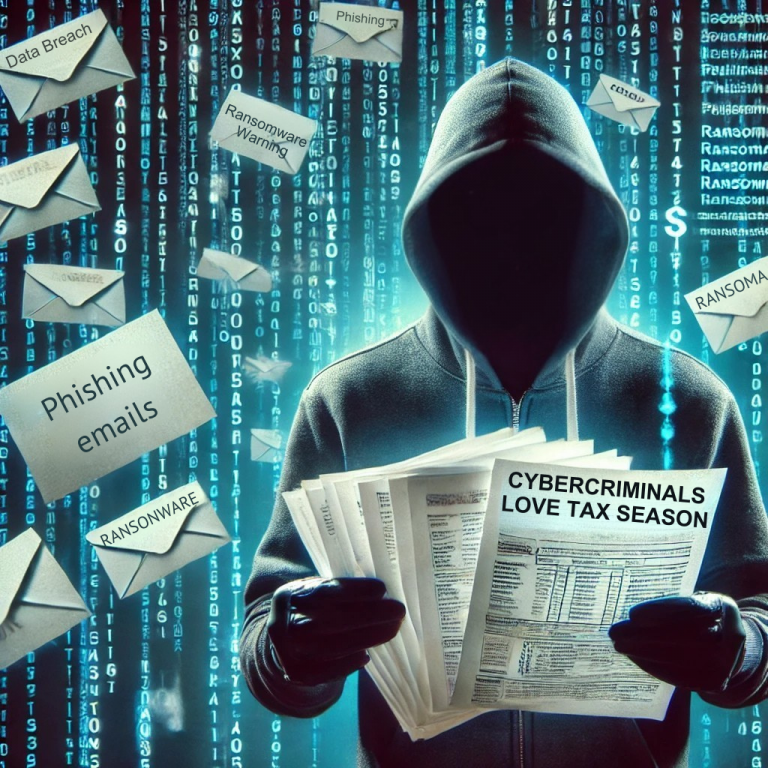Think ransomware is your biggest cybersecurity threat? Think again.
Hackers have shifted tactics. Instead of encrypting your files and demanding payment for a decryption key, they’re stealing your sensitive data and threatening to leak it unless you pay up. This strategy is called data extortion, and it’s a rising threat to businesses of all sizes.
In 2024 alone, there were more than 5,400 data extortion attacks reported globally – an 11% increase from the year before (Cyberint). And unlike traditional ransomware attacks, there’s no recovery key or system restore option. If your data gets out, it’s out.
How Data Extortion Works Here’s what makes data extortion so dangerous:
- Hackers breach your systems and steal confidential files: client records, employee information, financial documents, intellectual property.
- They contact you with a threat: pay a ransom, or they leak the stolen data online.
- No encryption needed: Because they don’t lock your files, they bypass many ransomware defenses entirely.
Why This Is Worse Than Traditional Ransomware While ransomware disrupts your operations, data extortion threatens your reputation, your compliance standing, and your legal stability.
- Reputational Damage: Leaked data can permanently erode trust with clients, partners, and employees.
- Compliance Penalties: Data leaks often trigger investigations and fines under GDPR, HIPAA, and other regulations.
- Lawsuits: Legal claims from victims of the breach can result in significant financial damages.
- Ongoing Extortion: Hackers may come back again and again, demanding more money with every threat.
Why Hackers Are Embracing This Method It’s faster, stealthier, and often more profitable:
- Quick Hits: Data theft is faster than encrypting entire systems.
- Low Detection Risk: Data transfers can blend into normal network traffic, making them harder to catch.
- Higher Success Rate: The emotional and financial pressure to protect leaked data often compels victims to pay up.
Your Old Defenses Aren’t Enough Basic firewalls and antivirus tools won’t stop this. Data extortion attacks use tactics that are harder to detect and prevent:
- Infostealers to harvest credentials.
- Exploits in cloud storage platforms.
- Covert data exfiltration disguised as normal traffic.
What You Can Do To Stay Safe To protect your business against data extortion, you need a layered, modern cybersecurity strategy:
1. Adopt a Zero Trust Security Model
- Assume no device or user can be trusted by default.
- Enforce multifactor authentication (MFA).
- Use strict identity and access management (IAM).
- Continuously monitor connected devices and user activity.
2. Implement Advanced Threat Detection
- Use AI-powered security tools that detect unusual data transfers.
- Monitor for unauthorized access and cloud activity.
- Deploy data loss prevention (DLP) solutions that block exfiltration attempts.
3. Encrypt Your Data
- Encrypt sensitive files at rest and during transfers.
- Use secure communication channels for all data exchanges.
4. Backup Your Data And Have A Recovery Plan
- Maintain secure offline backups to recover quickly from an attack.
- Regularly test your disaster recovery plan.
5. Train Your Team
- Educate employees to recognize phishing and social engineering.
- Implement strict protocols for handling and sharing data.
Are You Ready For The Next Generation Of Cyber Threats? Data extortion isn’t a future threat – it’s happening now. Don’t wait until your business is on the line.
Start with a FREE Network Assessment. Our cybersecurity specialists will evaluate your current setup, identify vulnerabilities, and help you build a proactive defense.
Click here to schedule your FREE Network Assessment.
Cybercriminals are evolving. Is your cybersecurity strategy evolving with them?
















